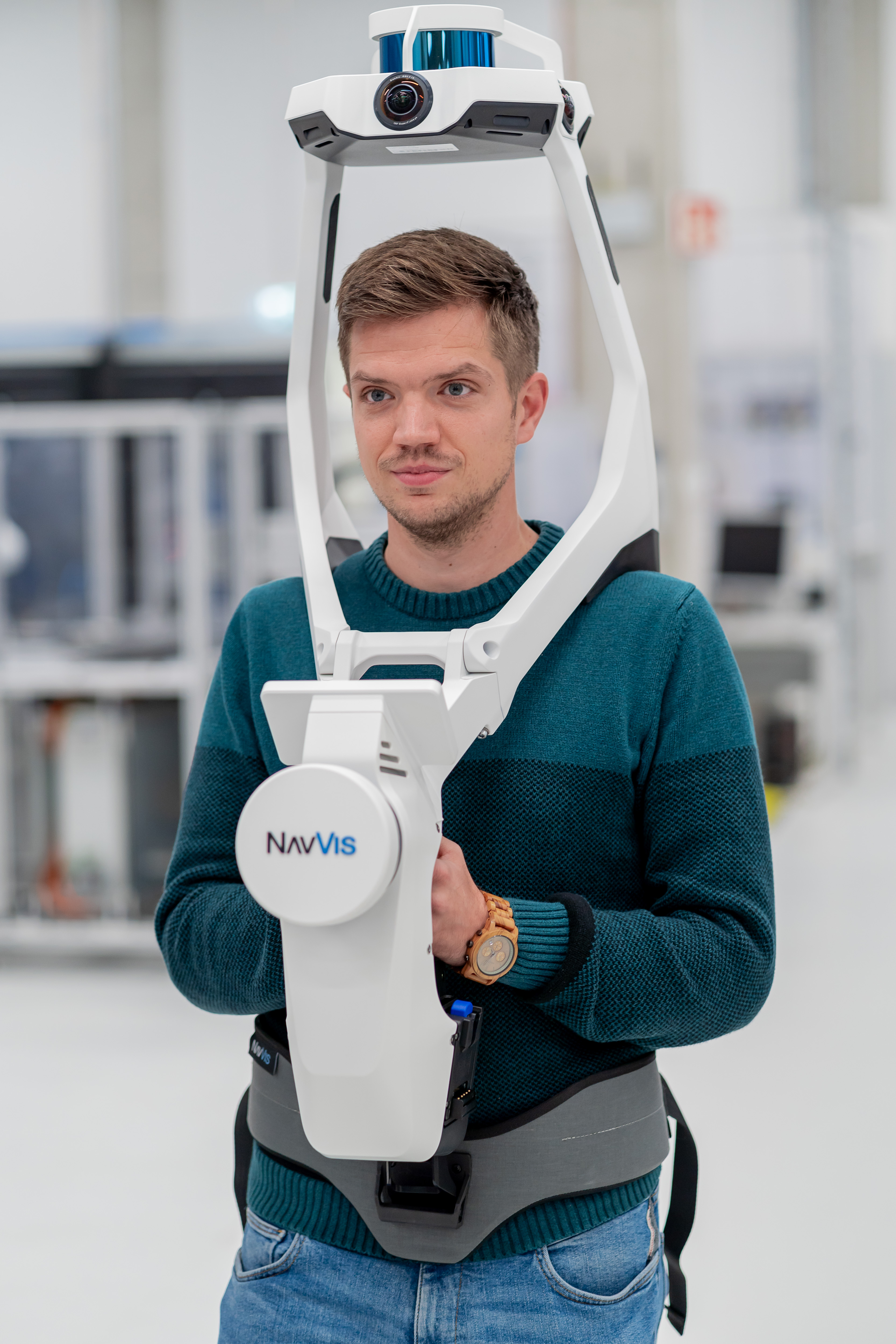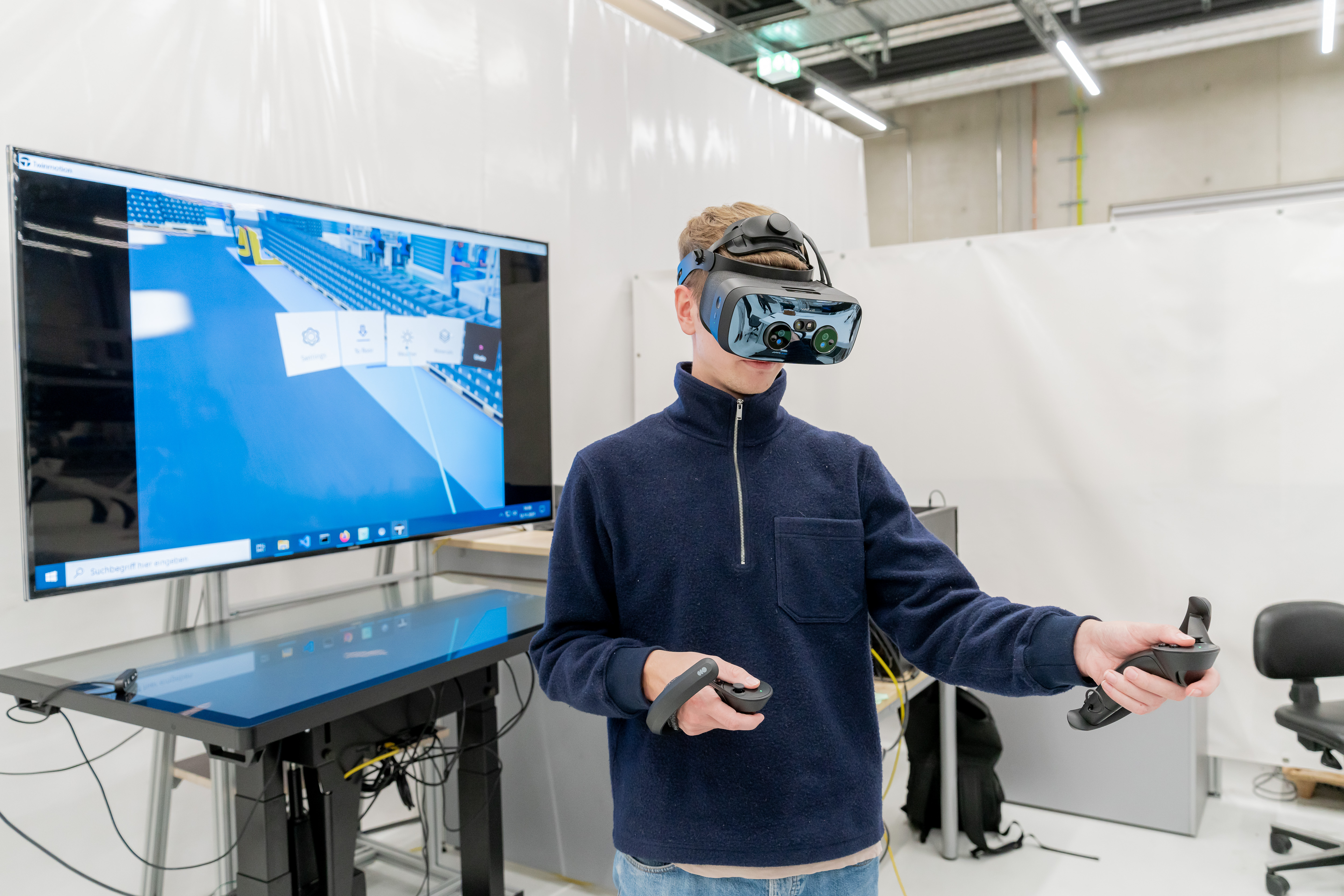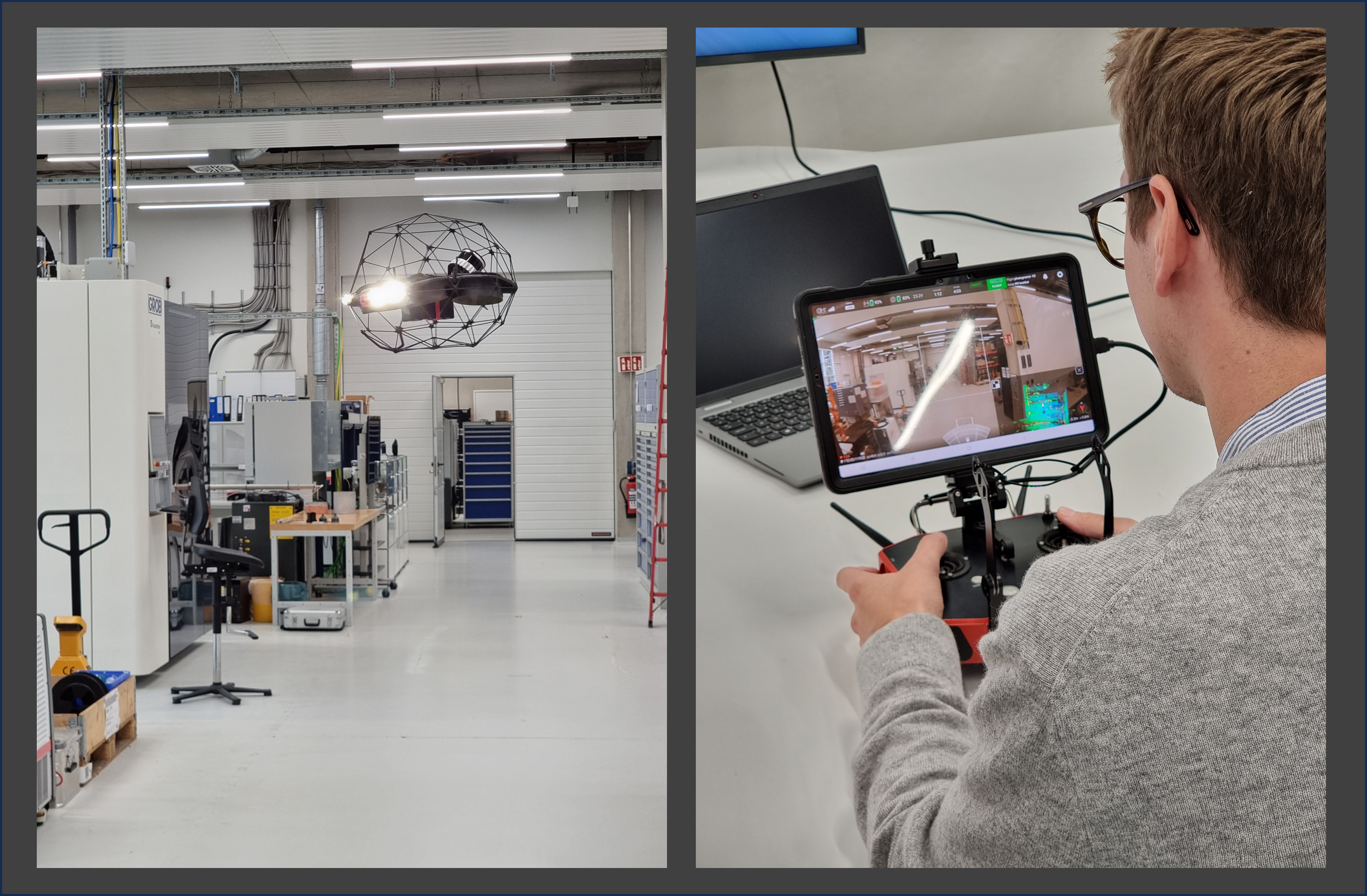Inventory digitization: The first step toward smart factory planning
Inventory digitization is a key enabler of modern factory planning. By capturing a factory’s assets—including machines, equipment, and materials—through digital tools, companies can create detailed digital models of their production environment.
This transformation allows for precise documentation of existing resources and forms the foundation for advanced planning methods. With 3D representations of the plant and its inventory, engineers and planners can analyze layouts, identify bottlenecks, and uncover optimization opportunities. The result: more efficient, transparent, and adaptable production processes.


